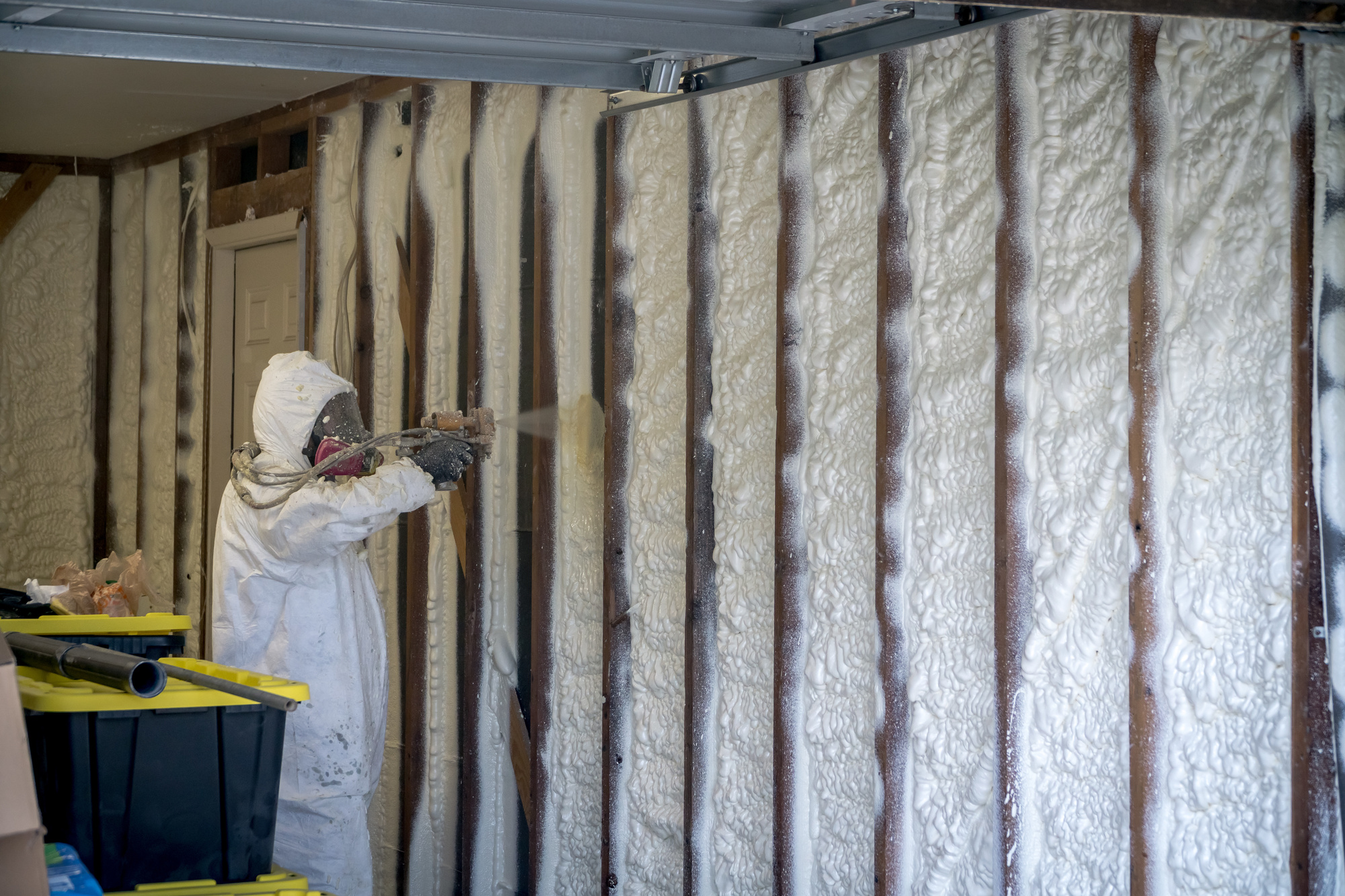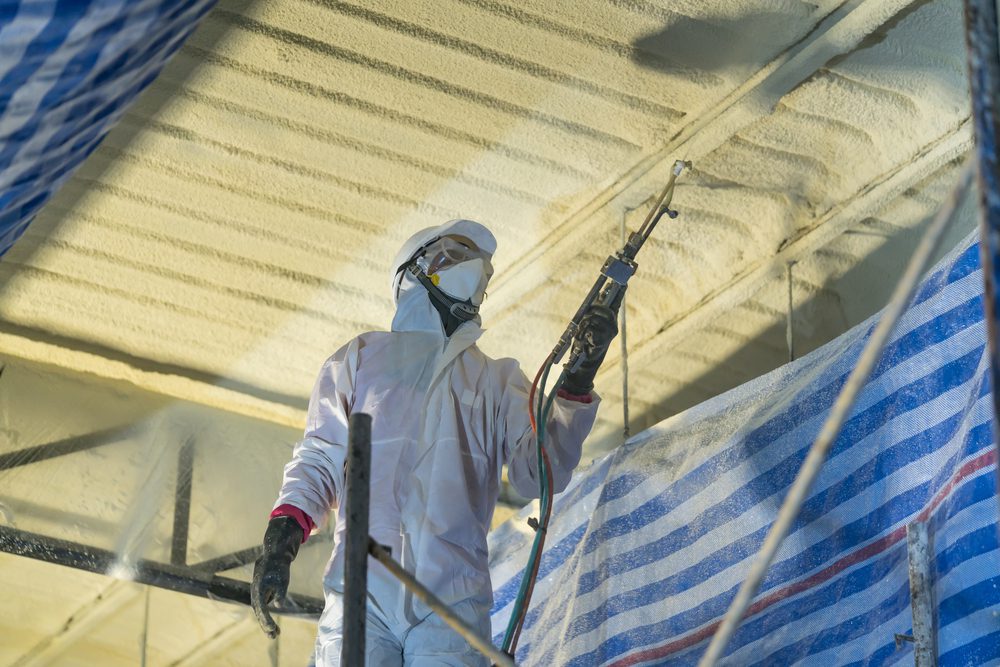
Professional spray foam insulation continues to be a trusted solution for improving indoor energy performance in homes, rental units, office buildings, and commercial properties. In Seattle, where seasonal shifts and moisture intrusion present year-round challenges, choosing the right insulation method plays a critical role in reducing energy use, controlling indoor temperatures, and protecting structural durability.
This guide explores how modern insulation systems—including spray foam—improve thermal performance across building types and sizes. It outlines practical insulation choices and explains what homeowners and building managers should look for in property-wide energy upgrades.
How Modern Insulation Methods Improve Building Efficiency
Spray foam insulation and related systems are engineered to address common thermal weak points in walls, attics, and crawl spaces. Beyond heat resistance, insulation now contributes to air sealing, sound dampening, and indoor comfort consistency.
Reduces Energy Loss in All Seasons
Insulated wall cavities and ceilings limit the transfer of heat through the building envelope. In winter, this helps retain indoor warmth; in summer, it slows the flow of outside heat.
Controls Indoor Temperatures Without Overreliance on HVAC
Well-installed insulation balances indoor temperatures by blocking heat transfer. This reduces overuse of air conditioning units and heating systems, extending HVAC lifespan and lowering annual utility expenses.
Prevents Air Leakage and Moisture Intrusion
Closed-cell foam an integrated air and vapor barrier. This seal reduces airflow around outlets, joists, and framing intersections, minimizing condensation and the chance of mildew or mold development.
Matching Insulation Types to Property Size and Structure
Not all insulation materials serve the same functions. Building layout, wall dimensions, usage type, and budget will determine the most appropriate choice.
Single-Family Homes: Wall and Attic Insulation
Blown-in or spray foam insulation is typically used for residential walls and attics. These spaces contribute significantly to total thermal loss if left untreated.
- Attic applications block rising indoor heat
- Wall cavities gain protection from air infiltration
- Rim joists and crawl space panels close foundation gaps
Duplexes and Multi-Unit Dwellings
Larger residential structures often require multi-zone insulation planning. Spray foam offers dual thermal and acoustic benefits across shared walls and ceilings.
- Spray foam creates both heat and sound barriers
- Core-filled masonry walls can be treated without demolition
- Unit-specific thermal zoning improves climate control
Commercial Properties and Office Buildings
For larger properties, closed-cell spray foam is frequently used due to its high R-value per inch and water resistance.
- Supports continuous insulation strategies
- Enhances structural rigidity of metal buildings
- Reduces peak demand charges by improving climate balance
Comparing Insulation Solutions by Building Need
Use the table below to evaluate insulation types based on property size, material compatibility, and function:
| Insulation Type | Best For | R-Value Range | Moisture Barrier | Air Sealing Capability |
|---|---|---|---|---|
| Closed-Cell Spray Foam | Commercial walls, basements, crawlspaces | R-6.5–7.0/inch | Yes | Excellent |
| Open-Cell Spray Foam | Interior walls, residential attics | R-3.5–3.8/inch | No | Good |
| Blown-In Cellulose | Retrofit attic applications | R-3.2–3.8/inch | No | Moderate |
| Fiberglass Batts | Framing cavities in homes | R-3.0–3.7/inch | No | Limited |
| Rigid Foam Panels | Foundation walls, roof decks | R-4.5–6.5/inch | Yes | Varies by type |
Improving Indoor Climate and Long-Term Building Performance
Insulation upgrades reduce more than utility bills. They improve overall interior livability, preserve structural systems, and prepare buildings for future energy code requirements.
Optimizes Year-Round Indoor Comfort
By preventing seasonal heat shifts, insulation makes indoor temperatures more consistent. Spray foam’s air-sealing effects also limit drafts and hot/cold spots.
Extends Roof and Wall Durability
Thermal control reduces expansion and contraction cycles in walls and roofing materials, helping slow wear and tear. It also prevents trapped condensation that can deteriorate internal framing.
Lowers Carbon Footprint of Residential and Commercial Properties
- Lower heating and cooling demands reduce emissions tied to energy use
- Many spray foam products meet current energy code standards for continuous insulation
What to Look for in a Reliable Insulation Expert in Seattle
- Choosing a proven insulation specialist ensures proper installation and system performance
- The best professionals assess your structure’s unique conditions before making material recommendations
Local Experience With Seattle’s Climate
Rain, seasonal humidity, and air pressure changes affect how insulation performs. Look for service providers with long-term experience working in the Seattle area.
Use of Code-Compliant Spray Foam Products
All spray foam materials should meet ASTM standards and carry ICC-ES listings. Contractors should be trained in SPFA Professional Certification Program (PCP) best practices.
Air Sealing Strategy Integration
Quality insulation jobs include pre- and post-testing for air leakage. This ensures foam application meets building envelope targets and avoids performance gaps.
FAQs
What’s the difference between open-cell and closed-cell spray foam? Open-cell foam is softer and more vapor-permeable, while closed-cell foam is rigid, denser, and resists moisture. Closed-cell offers higher R-value per inch and is often used in basements or roofs.
How long does spray foam insulation last? When installed correctly, spray foam lasts the life of the building. It won’t settle or degrade like loose-fill materials, and it retains thermal resistance over decades.
Can insulation help control indoor air quality? Yes. Air sealing with spray foam reduces outdoor pollutant intrusion and limits allergens. It can also stop condensation buildup that contributes to microbial growth.
Is spray foam safe for homes with children or pets? Once cured, spray foam is inert and non-toxic. Proper ventilation during installation ensures that any off-gassing does not affect indoor air quality.
How soon after installation can the building be re-occupied? Most spray foam jobs allow safe re-entry within 24 hours. Installation crews provide timing guidelines based on product type and square footage covered.
Ready to Improve Your Building’s Energy Performance?
Spray foam and modern insulation methods improve climate control, lower annual energy costs, and support long-term property durability. For Seattle property owners seeking dependable insulation systems, spray foam provides an effective, code-compliant solution.
Cascadia Spray Foam of Seattle offers solutions aligned with residential and commercial performance goals. Get reliable service from professionals experienced with Seattle’s energy needs.
Call (425) 386-3500 or email info@cascadiasprayfoam.com to schedule a property assessment.
Reviewer
Reviewer: Olivia Thompson has spent 10 years working in spray foam insulation, helping companies grow their visibility. She reviewed this article and provided valuable suggestions on how to better align the content with the needs and expectations of customers, ensuring it resonates with the target audience.



